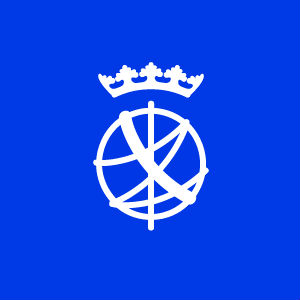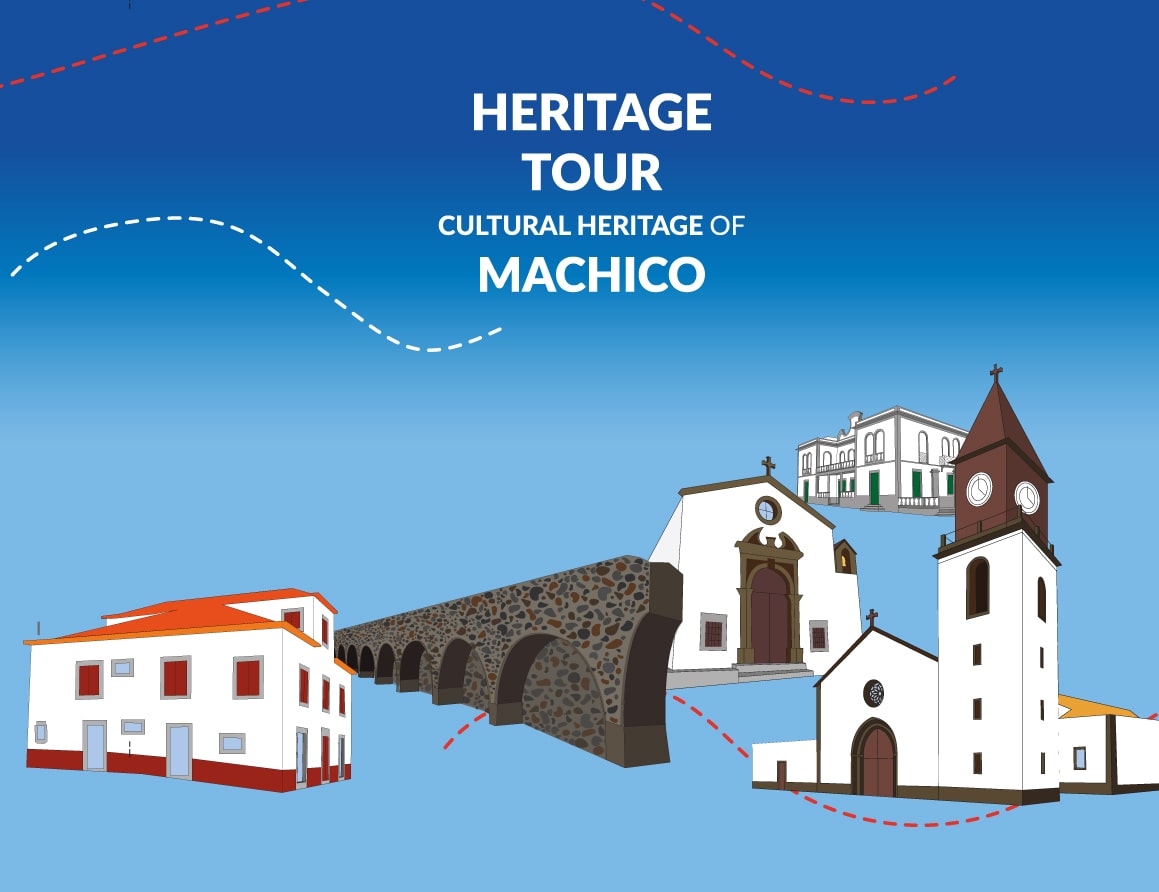



1. SOLAR DO RIBEIRINHO - MUSEOLOGICAL NUCLEUS OF MACHICO
The Solar do Ribeirinho - Museological Nucleus of Machico is a cultural equipment, owned by the municipality of Machico. Since 2005, with the end of the property's recovery works, it hosts the Museological Nucleus of Machico. In the exhibition space it can interactively discover the history, culture and socioeconomic life of the municipality, including personalities that over 600 years of. history contributed to the collective identity of the former Machico Captaincy.
2. CHAPEL OF SÃO ROQUE
The hermitage date of the XVIII century and is dedicated to São Roque, in fulfillment of a promise to end the plague that spread among the population of the village. Inside the chapel stands out a set of historical, blue and white tiles, about the life of St. Roque. In the inner wall of the sacristy remain the tiles type carpet "maçaroca", of the XVII century.

3. FORT OF NOSSA SENHORA DO AMPARO
This asset built in 1706 is a building of military architecture, whose primitive function was the defense of the territory and villages of the attacks of pirates and corsers. In addition to the initial function, its facilities housed the Old Tax Guard Post, the Tourism Post and the Culture Office of the Municipality of Machico.
4. MACHICO PARISH COUNCIL BUILDING
The building of the Machico Parish Council is a property of the late XVII century, or, beginning of the XVIII century. The Archaeological Nucleus of the Machico Parish Council, installed in the building, is based on in situ conservation and the exposure of the archaeological works performed-structures (public sidewalk, oven and cistern well and the identified estate. The archaeological nucleus presents inside, the pit-source in soft stonework, in articulation with the exhibits of archaeological battles; in the outside the regional sidewalk associated to three "filling" ditches.
5. MACHICO CITY HALL
The Machico City Hall building is a property dated from 1929, of scholarly influence with neoclassical characteristics. In the frontispiece of the main facade can be observed the primitive weapons of the municipality of Machico: armillary sphere placed by a crown (the true weapons of the municipality, equal to those of King Dom Manuel I, when Duke of Beja and Grand Master of the Order of Christ). Currently, the municipality boasts a new coat of arms, with mural crown, blue shield with silver band, watery of the field between two green sugar canes.
6. CHAPEL OF SENHOR DOS MILAGRES
The old chapel of Christ, or, from mercy, is built where the first mass was held in Madeira, on July 2, 1419. The 1803 alluvion left the hermitage almost completely destroyed. From this tragic event, it was designated by the chapel of Senhor dos Milagres. According to popular tradition, the chapel is based on the tombs of Robert Machim and Ana d'Arfet.
7. STATUE OF TRISTÃO VAZ TEIXEIRA
Tristão Vaz Teixeira, portuguese navigator and discoverer of Madeira Island, was the first Donatory Captain of the former Machico Captaincy. The monument erected in his honor, by sculptor Anjos Teixeira, dates from 1971.

8. MACHICO MOTHER CHURCH
The Mother Church was sent in the late XV century by the family of the Captains-Donatarian. The manueline gothic style erected temple is dedicated to Nossa Senhora da Conceição, patron saint of Machico Parish and has four chapels: Chapel of Espírito Santo or Morais; Chapel of São João Baptista or Teixeira; Chapel of Santíssimo Sacramento or Reis Magos and Chapel of Nossa Senhora do Terço.
9. TREASURY ROOM, IN THE MOTHER CHURCH
The Machico Treasury Room is installed in the chapel of Nossa Senhora do Terço, associate to the Mother Church. The chapel built in 1770 welcomes a "treasure" consisting of pieces of sacred goldsmiths (silver and golden silver) used at festive religious times, pieces of national and regional production, from the early XVI to the XIX century. The Mother Church has received royal offers since the reign of D. Manuel I, the confraternities, the devotees and the faithful who over the centuries were enriching the treasure of the Mother Church. In the Treasury Room, among the various pieces, a paten of silver can be observed (saved for the consecration of bread and wine, in the eucharistic celebrations), from a flemish workshop, from the early XVI century; a processional cross, from madeiran workshop, from the early XVII century, in highlighted silver and incisis; several pallium sticks; a cup of the mid XVII century; and a naveta, from a lisbon workshop, dated 1730-1750.
10. CHAPEL OF NOSSA SENHORA DA GRAÇA
The religious temple whose initial construction dates from the XVIl/XVIII century was sent by the Confraria of Nossa Senhora da Graça, undergoing deep restoration works in 1750. The chapel is served by a full, mannerist arch portal in a hard stonework. On the right side facade opens a rectangular window in soft stonework with iron grid. Inside, the hermitage features a wainscot of carpet tiles with camélia standard, polychrome (yellow, blue and white) of the XVII century. The altar boasts a mannerist altarpiece, in a polychrome carving, and in the center, a canvas with the representation of Nossa Senhora da Graça. The triangular feature decorated with a large dove, symbolizing the Divine Holy Spirit.
11. AQUEDUCT
The aqueduct, built in tugged basalt masonry to whitewash mortar, dates back to the XVIII century. This property is a testimony of industrial architecture and the history of sugar in the municipality of Machico, as it aimed to transport water to the old sugarcane mill and supply water to the population of the former village of Machico.


















